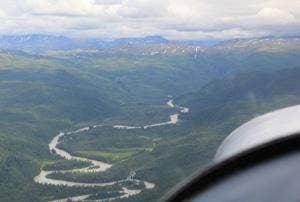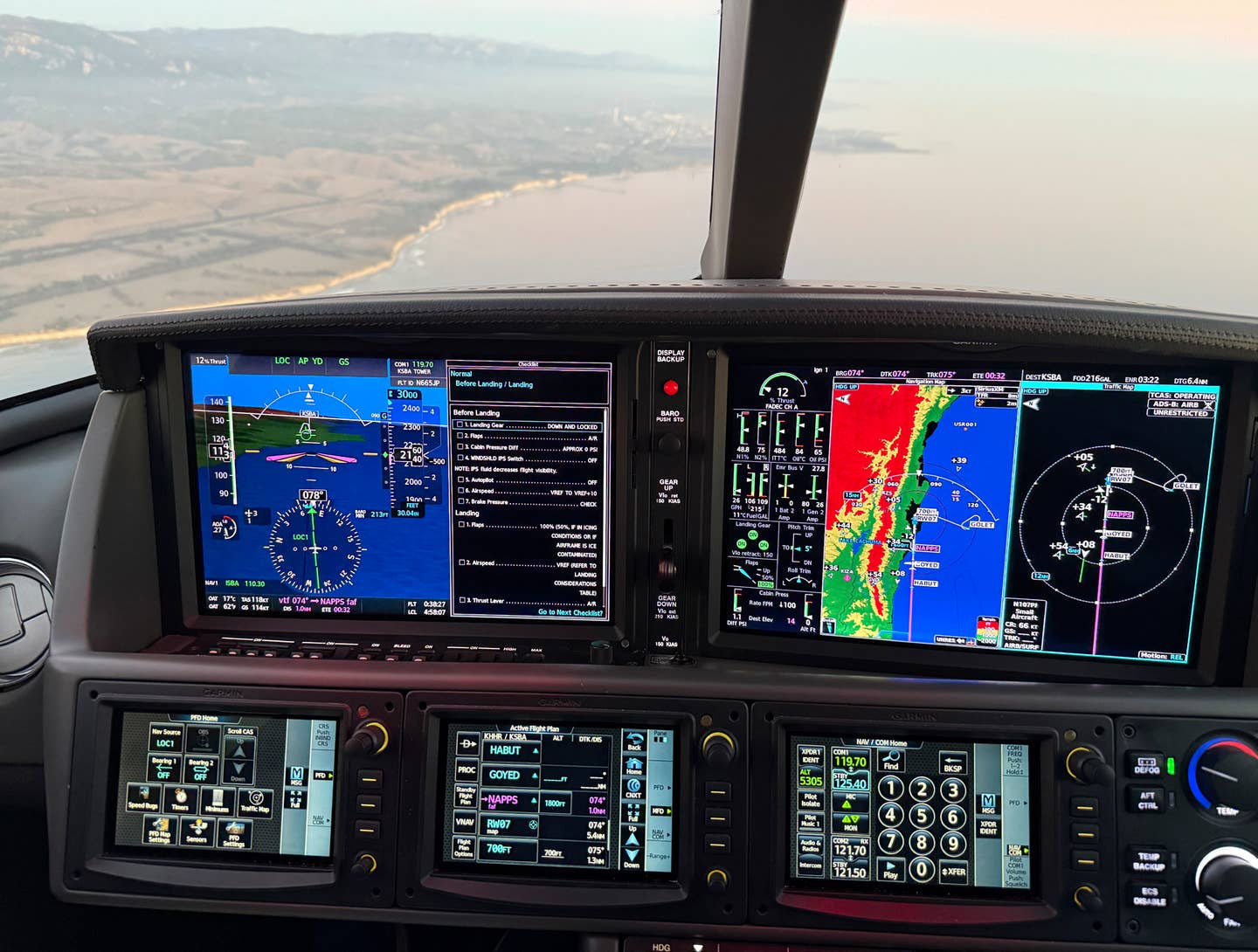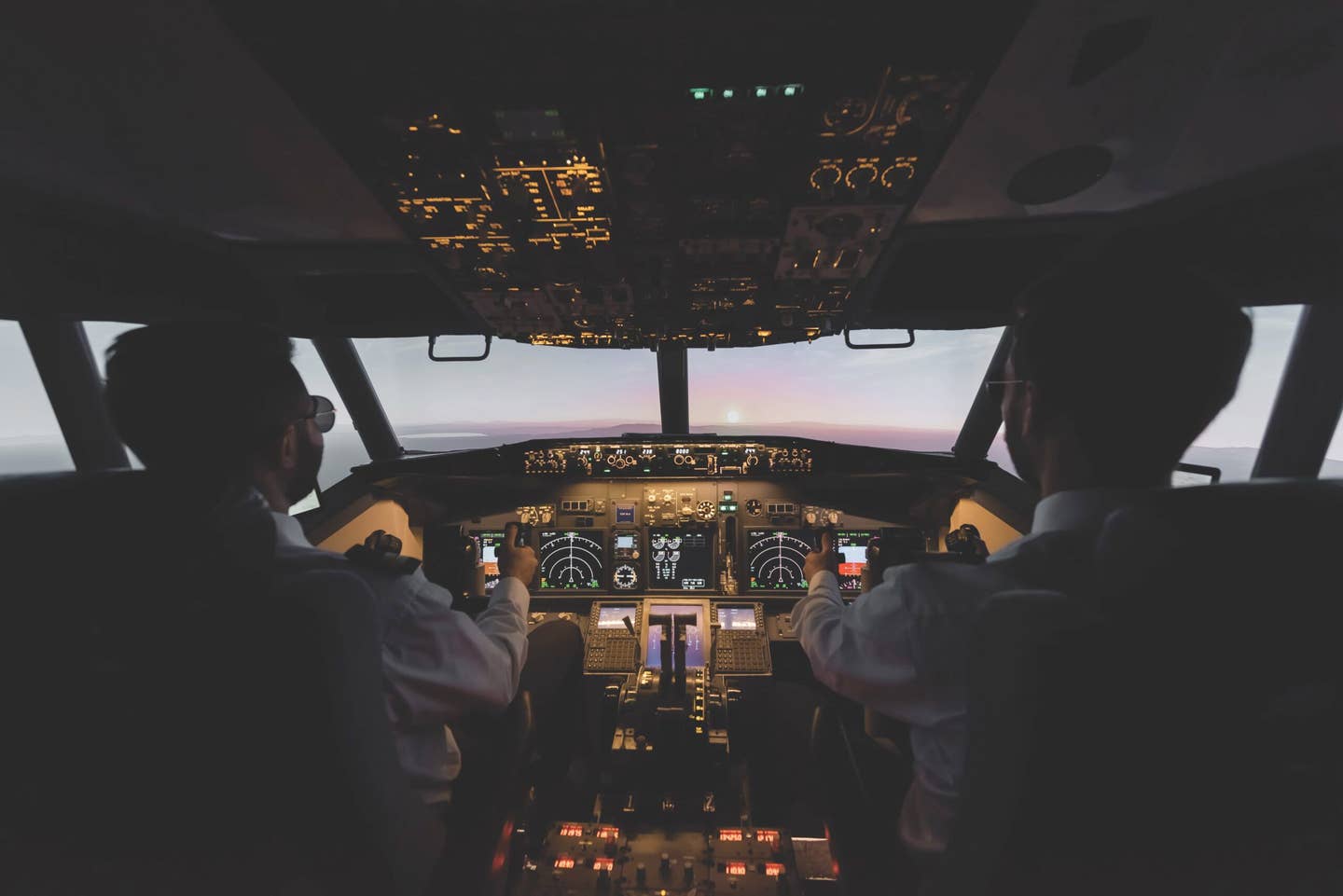
For pilots, altitude is like friends. The more you have, the happier you should be. More altitude equals more options if you're faced with a forced landing. You’ll also be able to see your destination easier as you approach an unfamiliar area. But too much of a good thing can also become an issue. There are several components that should factor into the equation when selecting the right height for your flight.
The first thing you need to carefully consider is clearance from terrain and obstacles. The quickest and easiest way to find out how to stay out of the rocks is to look at the maximum elevation figures (MEF) along the route of flight. MEFs can be found inside the latitude/longitude quadrangles on aeronautical charts, with the larger figure indicating thousands of feet and the smaller hundreds of feet. These figures provide very minimal clearance above the highest point in the sector, so select an altitude well above the MEF unless the highest elevation point is localized and your route of flight puts you well clear of it.
If you're flying IFR, you need to stay above the minimum en route altitude (MEA) to maintain adequate obstacle clearance and to make sure you can use ground based navigation aids. Sometimes the MEAs are higher than your airplane’s performance capabilities, so check the performance section of your POH or flight manual to see whether your route is feasible. Remember that your airplane needs to be able to climb at 500 feet per minute or better all the way up to the final cruise altitude.
POHs or flight manuals also have performance numbers that show which altitude will give you the most bang for your buck - or the greatest speed for the lowest fuel consumption – based on the current conditions. Unless the main focus of your flight is to enjoy the view, this should be a major factor in the equation.
Next, look at the weather. Is there any chance of icing at the optimal altitude? Are there clouds forecast? What are the winds aloft doing? Wind direction and speed can vary greatly at different altitudes, and you may get to your destination much quicker if you choose an altitude with more favorable winds.
Once you have come up with an approximate figure for the ideal altitude, you need to take regulations into consideration. Under VFR conditions, you need to fly at an even thousand plus 500 when heading in a westerly direction and an odd thousand plus 500 when heading east. If your route directs you close to a northerly or southerly heading, be aware that opposing traffic could be at the same altitude. And while you won't know for sure where the clouds are until you begin your flight, you need to plan to stay at least 500 feet below existing or forecast cloud layers, while staying well clear of obstacles. If there is any question whether you can achieve this, cancel your flight. I would not recommend flying VFR on top unless you are IFR current and can pick up a clearance en route.
For IFR flight, the regulations simply state that you need to fly at the altitude assigned by the air traffic controller, but if you’re flying IFR in uncontrolled airspace, you need to stay at even thousands for westerly headings and odd thousands when flying in easterly directions.
Adding terrain and obstruction clearance, performance, weather and regulations should sum up to a good number for your final cruise altitude. This number should place you in a safe environment and get you to your destination in the most efficient way.

Sign-up for newsletters & special offers!
Get the latest FLYING stories & special offers delivered directly to your inbox






